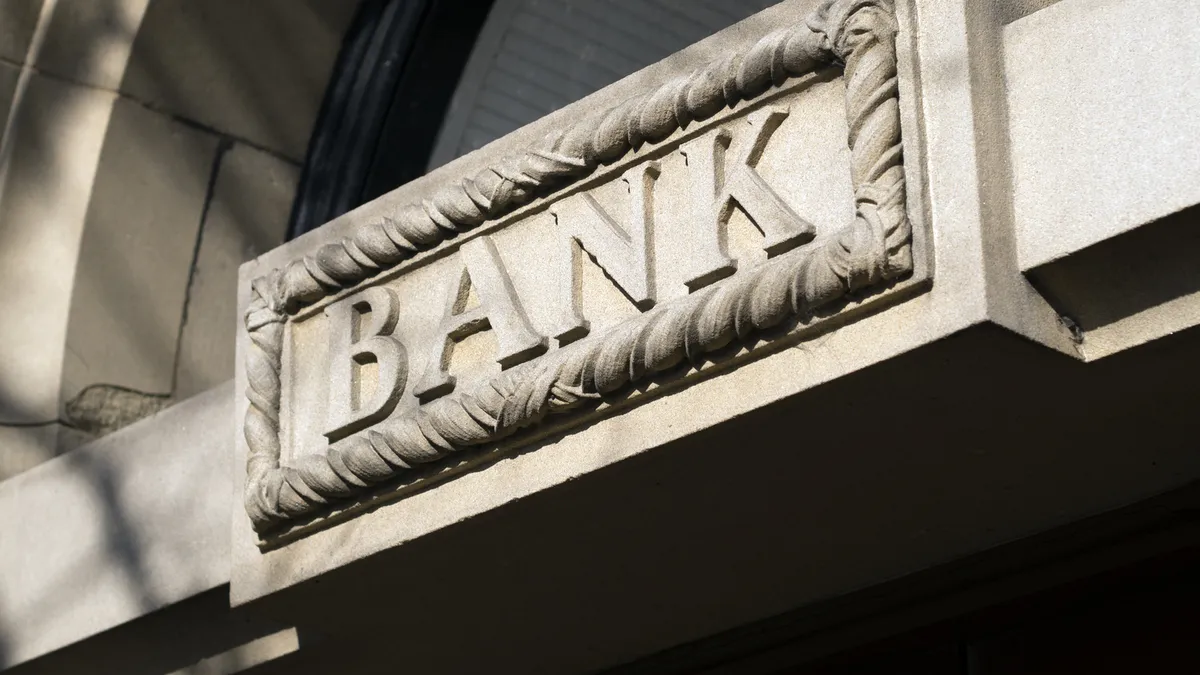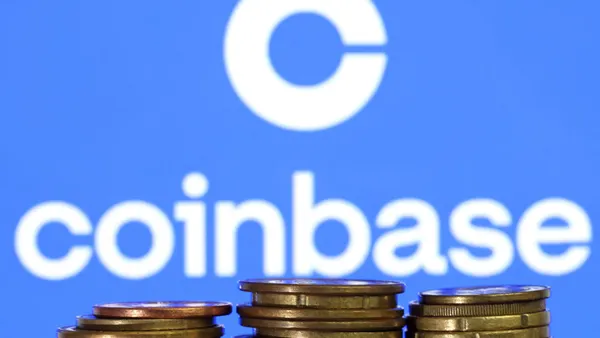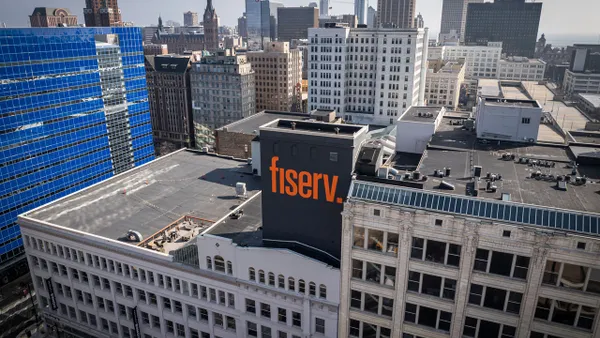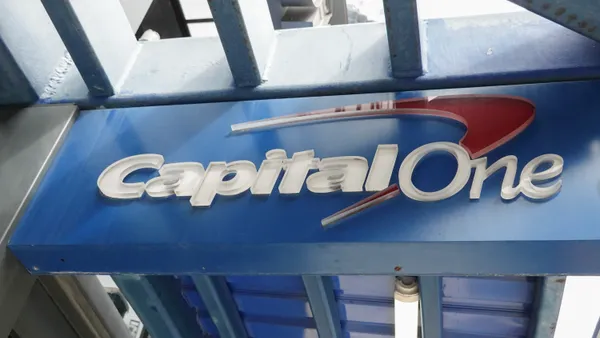Dive Brief:
- Private loans are a small but significant chunk of the student loan market and an option that continues to be limited to higher-income students, suggests data in a new report from LendEDU that examines 200,000 users of its platform from 2016 to 2019.
- Approved applicants' income was $28,000 higher on average than that for all applicants, and their credit scores were about 93 points higher. Private loans account for about $100 billion of the nation's $1.5 trillion in student loan debt.
- The share of applicants without a cosigner increased from 54% in 2016 to 64% so far this year, although cosigned loans were approved at more than four times the rate (41%) of those without (9%) for the period.
Dive Insight:
The reason for the increase in noncosigned applications is hard to pinpoint, though it could be attributed to a "general philosophical debate" about who is responsible for subsidizing the cost of higher education, said Justin Draeger, president and CEO of National Association of Student Financial Aid Administrators.
That tension is reflected in continued efforts by private colleges to discount or altogether lower posted tuition prices, and by public institutions to offer free or significantly reduced tuition for some or all students.
Students have been taking out less debt each year to pay for school since borrowing peaked in 2010-11, according to data from the College Board. But they are relying more on certain types of financing.
Nonfederal loans increased from 7% of the total amount borrowed in 2010-11 to 11% in 2017-18. That's significantly lower than its 25% share in 2007-08, knocked down by a standstill in the credit markets and a tightening of lenders' requirements.
But Draeger suggests rising college costs and economic recovery have spurred "a small resurgence" in demand for private student loans and lenders' willingness to serve them.
Another driver is the addition of more flexible repayment terms and conditions by private lenders in response to competition from federal loans, Draeger said. That includes deferment and forbearance options, as well as income-based repayment.
"[T]o the extent that private student loan products are looking at those benefits and trying to mimic them, that would be a win for students," he said.
Not all borrowers with private loans need them. Of the 53% of private loan borrowers in 2015-16 who took out less than the maximum amount allowable for Stafford loans, 11% didn't apply for federal aid and 22% could have borrowed more federal money, according to data from The Institute for College Access & Success.
Other students who could benefit from private loans can't get them, LendEDU's report indicates.
Income-share agreements (ISAs) are pitched as a promising alternative. In them, colleges front students money in exchange for a percentage of their post-graduation salary for a set period. About 30 colleges offer or accept ISAs. Critics, however, say they are akin to loans and give colleges a pass on addressing the bigger issue of continued tuition increases.
New, ISA-specific bipartisan legislation looks to set parameters, including caps on the percentage of income paid and contract length.












